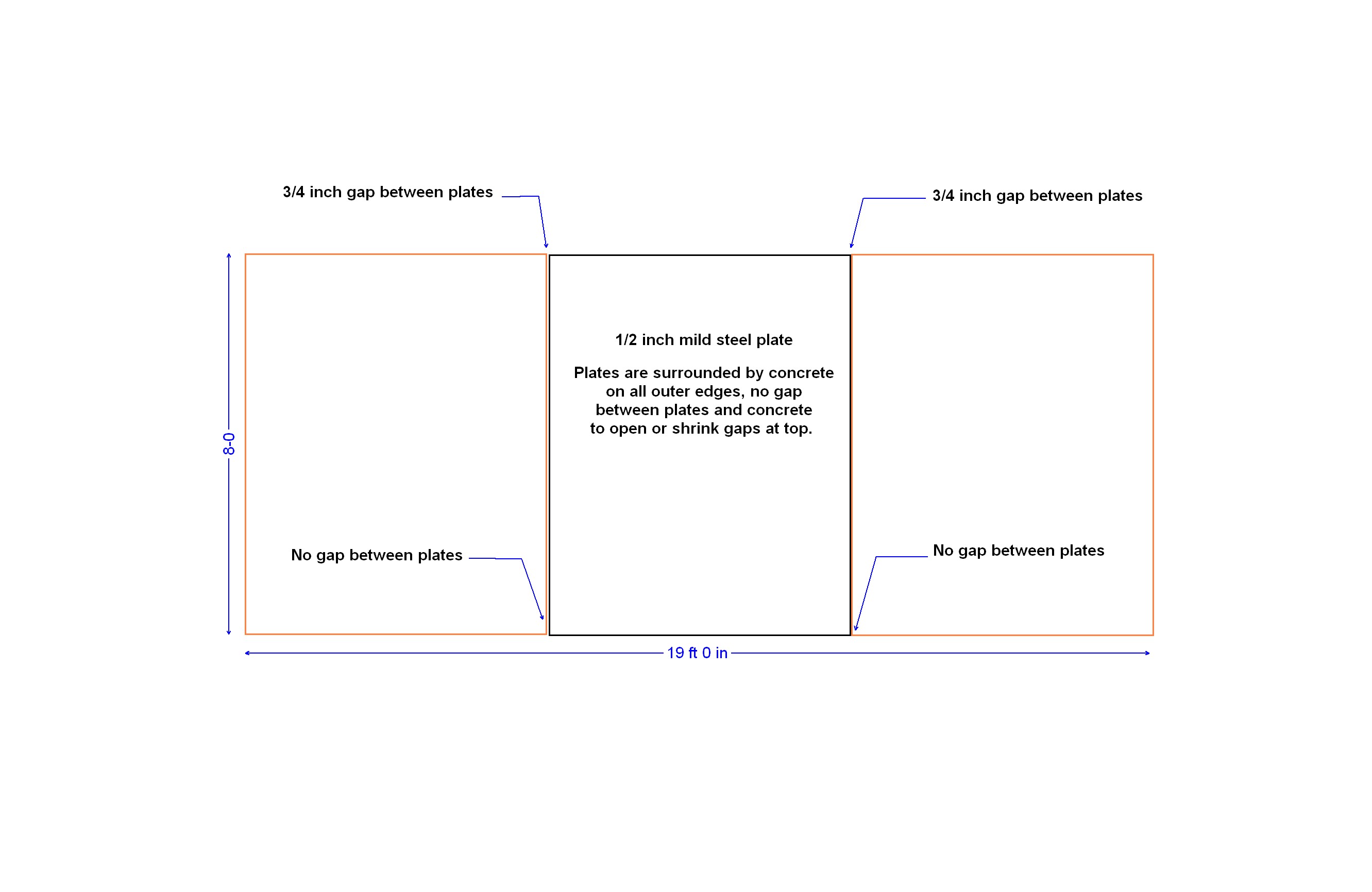Cactuswelder
The ability to register you welding truck with the Texas DMV as a non-commercial vehicle, is immaterial to the US DOT regulations. I used the words "...street legal commercial vehicle..." just to differentiate from strictly off road vehicles. Any vehicle used in furtherance of commerce becomes a commercial vehicle. In my home township, there was a serious accident once, involving a 4 door sedan POV, which became involved with the DOT because he was transporting radioactive sources for medical establishments. His particular job involved driving around to doctors offices and clinics, and replacing the spent radioactive medical sources. He did it with an automobile to save gas and the hassle of owning a placarded commercial vehicle. So,do not confuse the DMV, with the DOT or the Texas Railway Commission, and local jurisdictional entities.
Title 49 USC covers the FEDERAL rules for all kinds of vehicle manufacture, completion and alteration(Commercial and non-commercial). FMVSS cover everything about a vehicle, including brakes, braking performance, stability, bumpers, rear under ride protection, tail lights, air bags, dashboard, springs, lighting, tires and tire performance, Steering, loading and labeling. Just go on line and read some of the FMVSS to get an idea. Then read some of the testing requirements.
As for NYC, the only equipment rule that they have which is not found in the Federal Regulations applicable to all vehicles, is the special signage rules required to get a license to work with that vehicle in the 5 Buroughs (Counties) of NYC. They do have a very detailed vehicle inspection requirement to obtain a license on the individual vehicle, and those inspections are conducted by very competent fire inspectors, who know all the Federal Rules. There is more to it, than NYC being in it's own "Little world".
If you bought a cab and chassis only (or removed the manufacturer supplied bed from your pick-up), and made your own rig bed for it, you become a manufacturer and are obligated to perform some or all of the tests required in 49 USC. Now, some "Body Building" (the emphasis is mine) can be covered by complying with the prime vehicle manufacturers recommendations, that they publish for after market body manufacturers / fabricators (some of which may be found on line). Sometimes something a simple as drilling a hole in a vehicle frame, is enough to put you out of the scope of the 49USC test parameters already tested by the prime manufacturer, (I. E., Ford, Dodge, GM, Mack, Volvo, ETC.), and require some or all new testing per 49 USC.
So, even though (Timbrens????, or any other after-market component supplier,) may manufacture an after market component that enables you to move the fifth wheel back over or even behind the rear axle, that movement may cause the load on the front axle to be lighter and reduce braking performance or even steering stability. New labeling per 49 USC Part 567.4 may be required.
Unless you seek proper engineering assistance and know all the testing required by Title 49 USC, YOU do not know! I do not know!
My purpose in replying to the original post is to caution the original poster that he was getting a lot of incomplete and improper advice advice, that could expose him to civil and possibly criminal liability. These days, with a little steering, a reasonable and prudent person can go on line and find out many things that were not so available back in the 70s, 80s, and 90s.
Joe Kane





